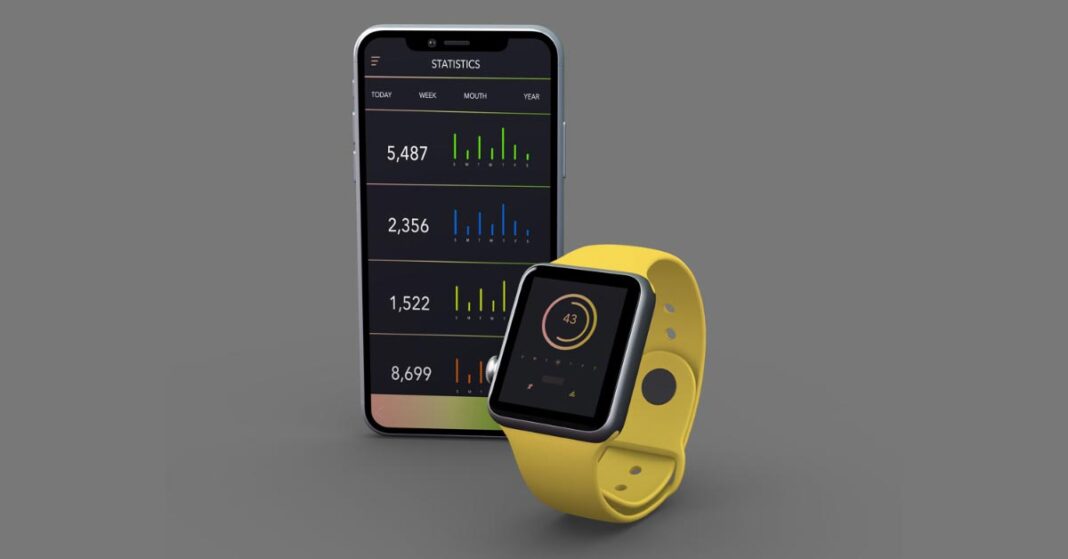Wearable technology is becoming a significant part of the tech landscape. Smartwatches, fitness trackers, and other wearables are no longer niche products—they’re integral to how we live, work, and play. As demand grows, businesses are increasingly seeking reliable android mobile app development service to create apps for these devices. Developing apps for wearables, especially on Android, requires a nuanced understanding of both hardware and software capabilities. This guide will walk you through the essential steps needed to build Android apps for wearable devices.
Understanding Wearable App Development
Wearable app development is the process of creating software applications for small, often body-worn devices such as smartwatches, fitness bands, or health monitors. While mobile app development focuses on smartphones, wearable apps require a different approach due to the limited screen space, different user interactions, and hardware capabilities.
Wearable apps are typically more streamlined than mobile apps, focusing on specific tasks like health tracking, notifications, or quick actions. Developers must keep the user experience (UX) intuitive, ensuring that even complex tasks are easily manageable on smaller screens.
Step 1: Choosing the Right Platform for Wearable Development
When developing for wearables, the platform is crucial. The leading platform for Android wearables is Wear OS—Google’s dedicated operating system for wearable devices. Wear OS integrates well with Android smartphones, offering a smooth experience across devices. Other platforms like Apple’s watchOS and Samsung’s Tizen exist, but for Android users, Wear OS remains the most popular and versatile.
Choosing Wear OS allows for a broader reach in the Android ecosystem, making it the go-to platform for most businesses seeking android mobile app development services for wearables.
Step 2: Picking the Programming Language
In Android wearable development, you’ll typically use either Kotlin or Java. Both languages are supported by Android Studio, the official development environment for Android. Kotlin is the preferred choice for modern Android development due to its concise syntax and better error handling, but Java remains widely used, especially for legacy apps.
Wearable apps are built using the Wearable SDK, which offers libraries for accessing hardware features like sensors, GPS, and heart-rate monitors—key components for smartwatches and fitness trackers.
Step 3: Designing for Small Screens
Designing for wearables presents unique challenges. Unlike smartphones, where users can navigate through multiple features, wearable apps must be simple, functional, and easy to use. You’re working with limited screen space, so every interaction must be optimized for efficiency.
Here are some design tips for android watch apps:
- Use large touch targets to accommodate different screen sizes.
- Incorporate voice commands for tasks that are too complex for touch interactions.
- Design for circular and rectangular displays to ensure compatibility across devices.
- Prioritize core functions, avoiding unnecessary screens or features.
A successful wearable app isn’t cluttered. It focuses on delivering key functions like fitness tracking, messaging, or notifications quickly and smoothly.
Step 4: Developing the Core App Features
Wearables thrive on their ability to provide immediate access to essential features. When developing a smartwatch app, consider integrating features like:
- Health tracking: Many smartwatches come with heart-rate sensors, pedometers, and GPS. These can be used to monitor health metrics like steps, calories burned, or sleep patterns.
- Notifications: Wear OS excels in handling notifications. Use them wisely to deliver timely information without overwhelming users.
- Voice commands: Google Assistant is integrated into Wear OS, allowing users to control the app hands-free.
By incorporating these features, you can create a more engaging and useful wearable app.
Step 5: Testing and Optimizing Your Wearable App
Testing wearable apps is critical to ensuring they perform smoothly across devices. Android Studio provides a Wear OS emulator, allowing developers to simulate various devices and test their apps in real-time. However, it’s always best to test on physical devices when possible to ensure the app interacts correctly with hardware components like sensors.
Moreover, optimizing your app for battery efficiency is crucial for wearable devices. Smartwatches have smaller batteries than smartphones, so ensuring your app doesn’t drain power unnecessarily is vital for user satisfaction.
Step 6: Deploying and Marketing Your App
Once the app is tested and ready, the next step is deployment. Android developers typically use Google Play Store to distribute their apps. Ensure your app meets Google’s guidelines for Wear OS apps before submission.
Marketing a wearable app can be challenging. A strong focus on the app’s unique features—such as health tracking or voice commands—can help you target specific user demographics, like fitness enthusiasts or busy professionals. Use social media, app review sites, and partnerships to gain visibility.
Future of Android Wearable App Development
The future of android development for wearables is bright, with several trends shaping the market:
- Health and fitness integration: As wearable tech continues to focus on health, expect more apps centered around health monitoring and wellness.
- Improved battery life: Developers are working on making apps that use less energy, extending the lifespan of wearables between charges.
- Enhanced connectivity: 5G technology will allow wearable devices to be more independent from smartphones, opening new avenues for app development.
These trends, along with continuous updates from Google, will push android mobile app development services to innovate further in the wearable space.
Frequently Asked Questions (FAQs)
1. What is wearable app development?
Wearable app development is the process of designing and building software applications specifically for wearable devices like smartwatches and fitness trackers.
2. What language is used to program smartwatches?
Smartwatches running on Wear OS typically use Kotlin or Java for development, both of which are supported by Android Studio.
3. Which software is used in smartwatches?
Wear OS is the primary software used in Android smartwatches, providing users with apps, notifications, and health tracking features.
4. Can I install any app on a smartwatch?
Not all apps are designed for smartwatches. You can install apps specifically optimized for Wear OS from the Google Play Store.







